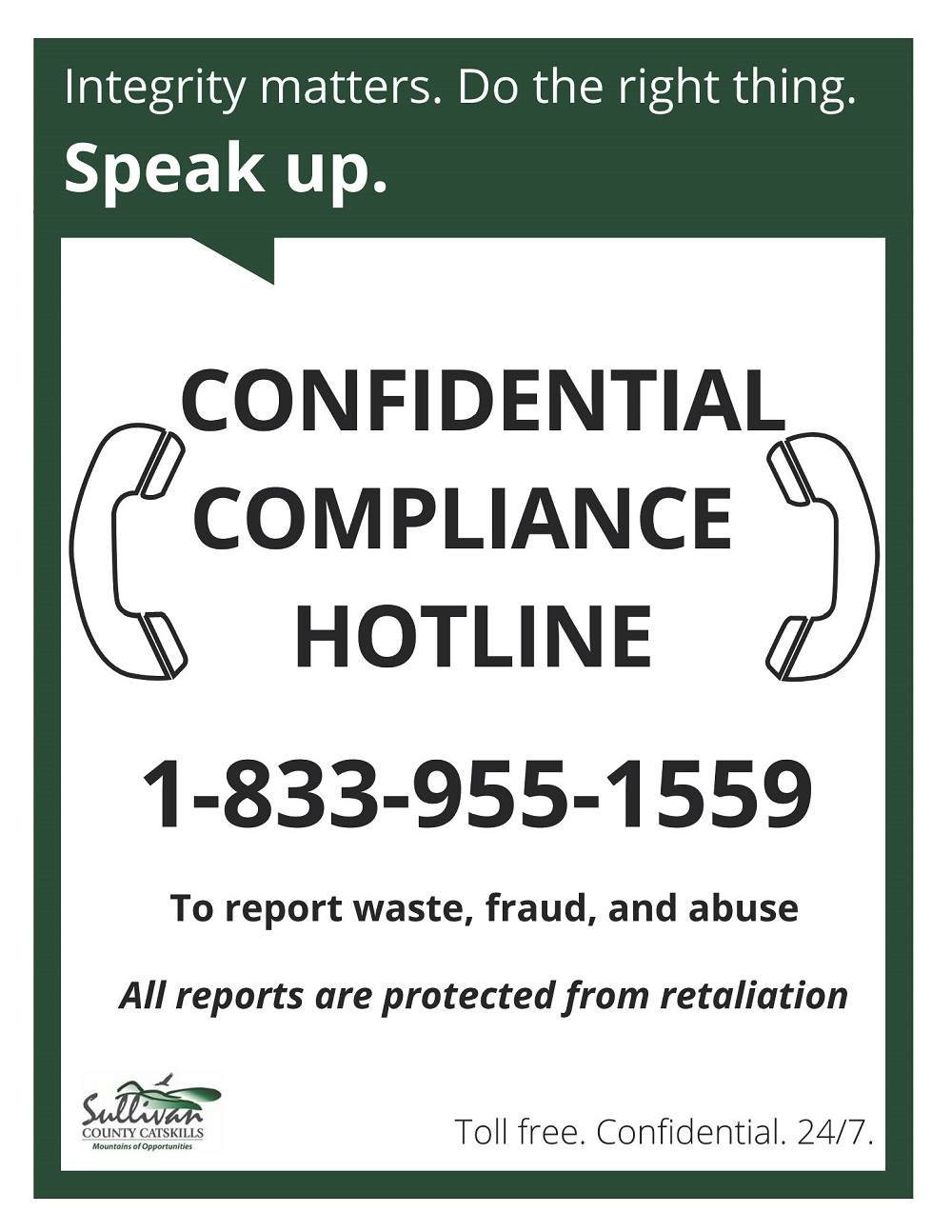Tic(k), Tac, No!
Tick Free Is The Way To Go
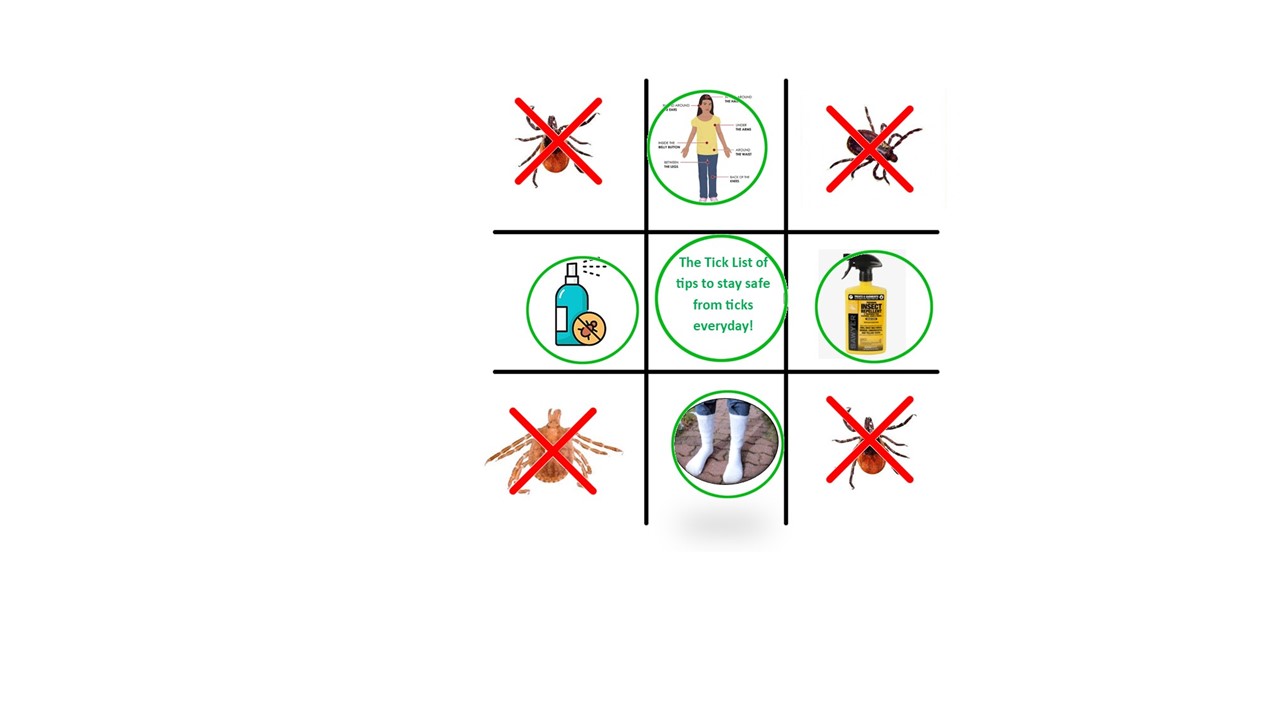
Are You Looking at A Tick Habitat Warning Sign? Here are some things you can do RIGHT NOW to reduce your tick risk:
Here's what you can do right now to help prevent tick bites and tick-borne illnesses:
1. Tuck your shirt into your pants. If you are wearing long pants, tuck them into your socks. This will give ticks fewer places to bite.
2. Walk in the center of trails. Ticks are more likely to be found in taller grass and leaf litter found at the edges of trails.
3. Know what ticks to look for. The black-legged, or deer tick, as well as the American Dog Tick are common in Sullivan County.
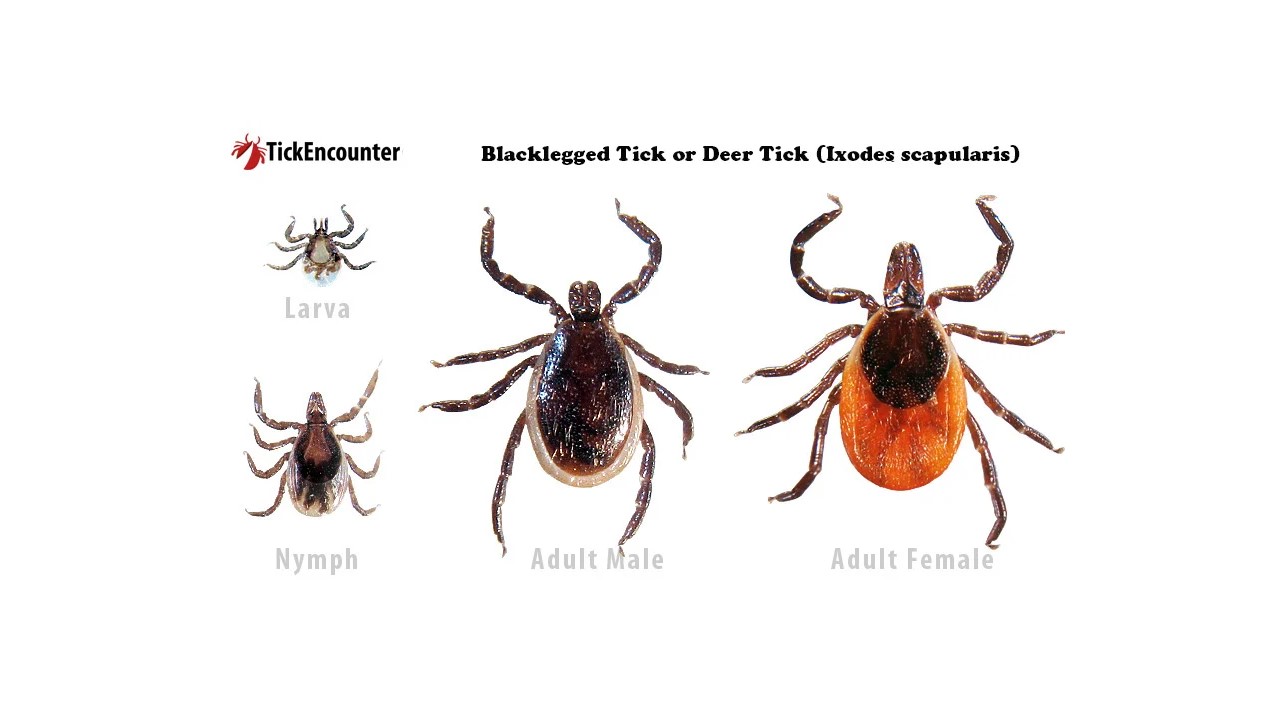
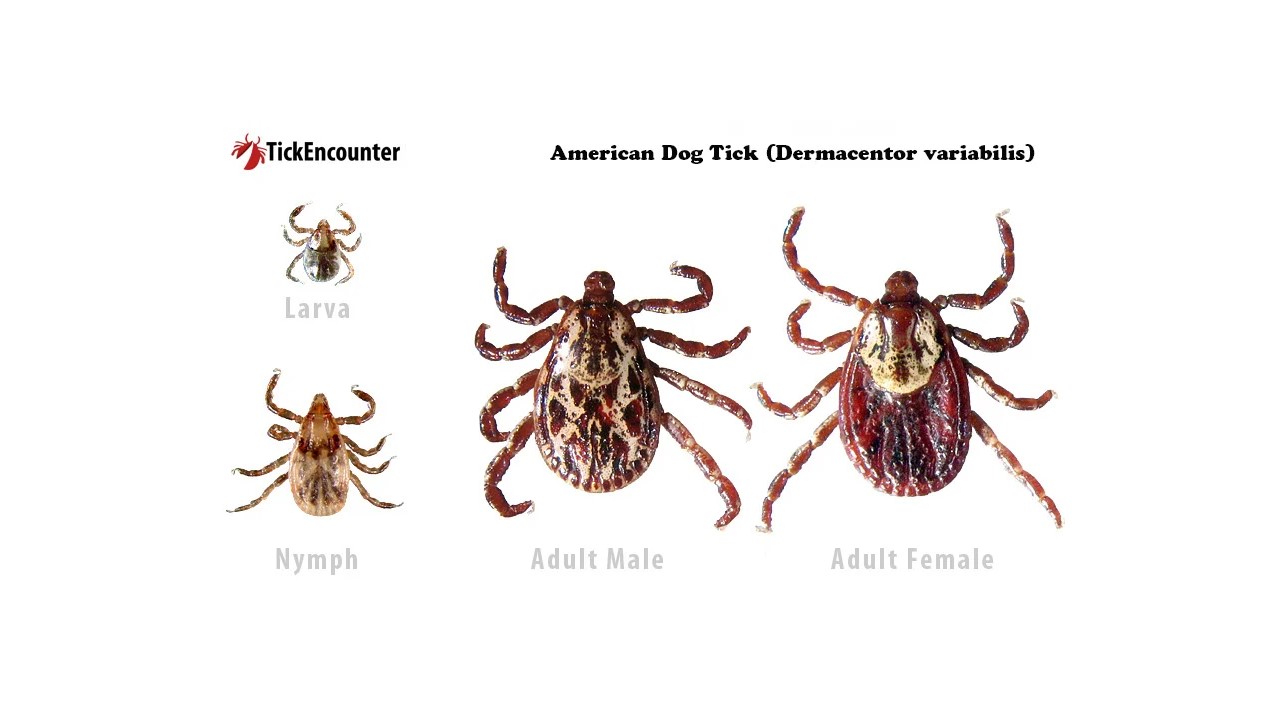
4. If you have it, use insect repellant on your skin.
Did you just get home from an outdoor adventure?
More tips to help you avoid tick borne illness:
1. If possible, take clothes off before entering the main part of your home. Put clothes in a plastic bin so any ticks on the clothes can't drop off in your home. If you can't remove clothing before entering your home, use a sticky paper lint roller over your clothes. This will help remove any ticks that are roaming on your clothes.
2. Dry clothes first, then wash. Most ticks are sensitive to dryness, so the very first step is to remove clothes and put them in the dryer.
3. Perform a thorough tick check. The easiest way to protect yourself from tick bites and tick-borne illness is to complete a complete tick check every time after coming in from outside. Ticks can attach anywhere but like concealed locations such as the back of the knees, around the waistband, armpits, groin, and elbows.
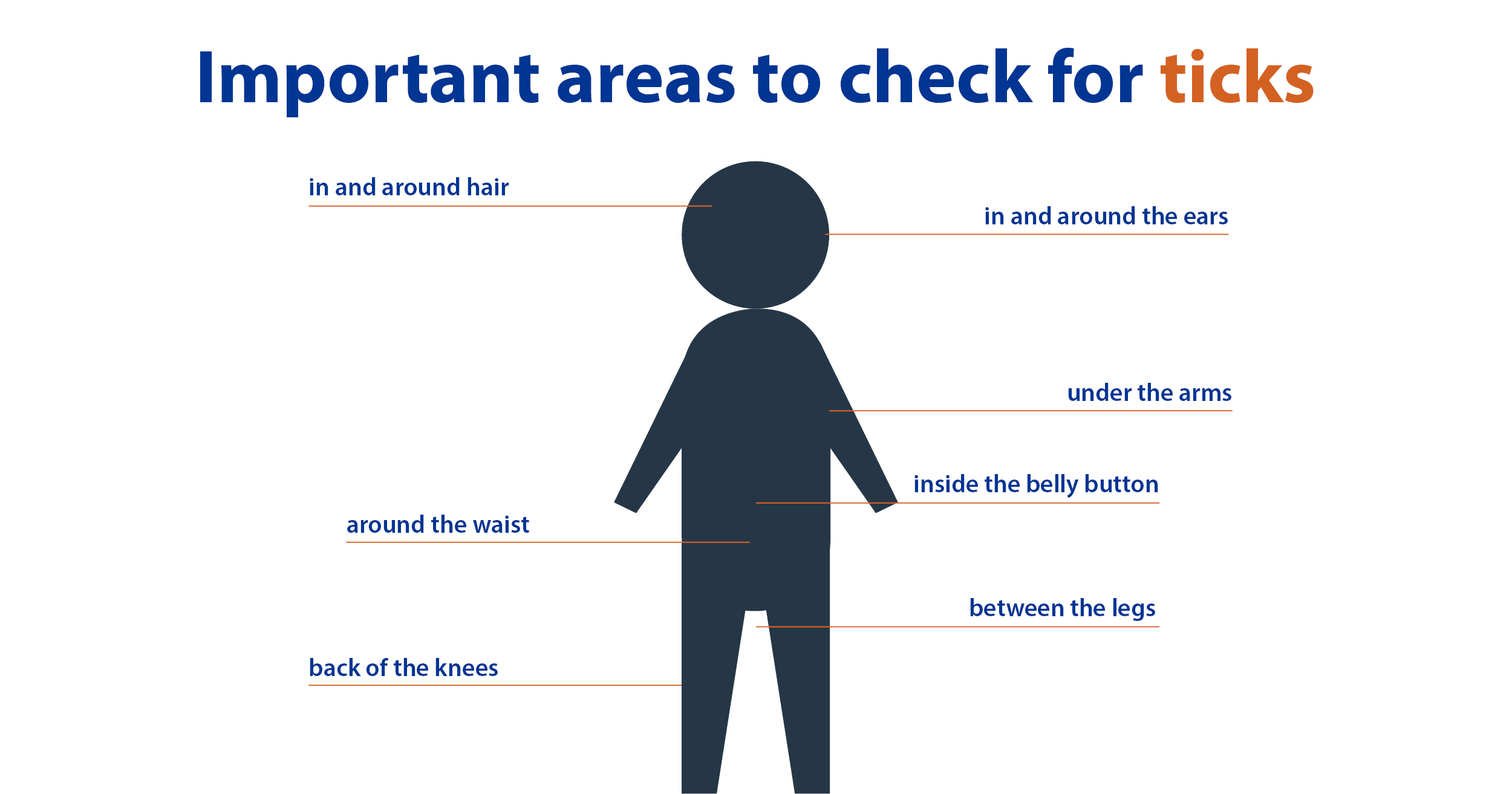
Found a tick? Now What?
If you find a tick, you want to remove it as quickly as possible. Remember, not all ticks carry disease and it takes most ticks around 24 hours to transmit diseases to its host.
1. Find pointy tweezers. Regular household tweezers may be too big to safely remove a tick.
2. Disinfect the area of the tick bite with rubbing alcohol.
3. Grab the tick as close to the skin as possible. With pointy tweezers you should be able to grab the head or just above the head.
4. Pull the tick firmly straight out of the skin, similar to removing a splinter. Do not be concerned if the tick's head breaks off; disease transmission cannot occur without the body of the tick.
5. Clean and disinfect the area of the bite the same as with any other minor skin wound.
6. Monitor yourself for signs of illness and/or a bullseye rash for 30 days after removing the tick. If you experience either of these, please see your health care provider.
Headed Outside for Another Adventure? Remember to take these steps for tick prevention:
1. Tick protective dress: Ticks start low and crawl up. Tucking pant legs into socks is a good way to keep ticks from finding a place to attach. Consider tick-repellant clothing treated with Permethrin.
2. Use spray repellents: Repellents play an important role in protecting against ticks (and other bugs!). Repellents that contain DEET are the most effective. However, the best combination is repellents for your skin and permethrin for your clothes.
Check out this short video about tick repellants:
3. Daily Tick Checks: The easiest way to protect yourself against tick bites is to do a thorough tick check EVERY TIME you come in from outside. Make sure to check all areas of your body, but ticks especially like the back of your knee, waistbands, armpits, groin, and elbows. Make sure you do tick checks on everyone who goes outside, including children and pets.
Helpful Resources:
https://web.uri.edu/tickencounter/
https://www.health.ny.gov/publications/2825/
https://www.cdc.gov/ticks/
https://www.health.ny.gov/diseases/communicable/lyme/

